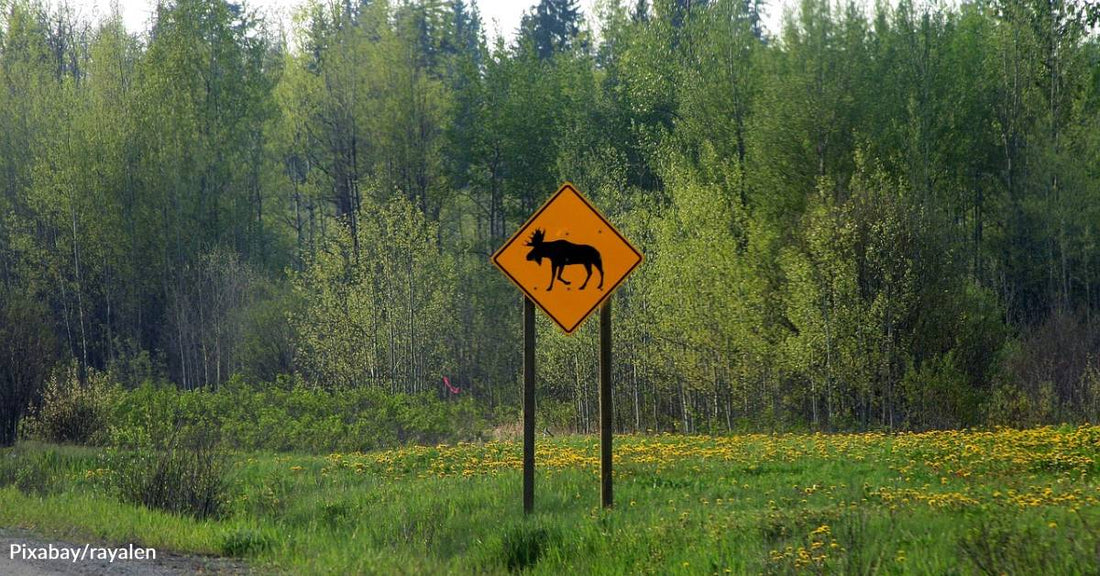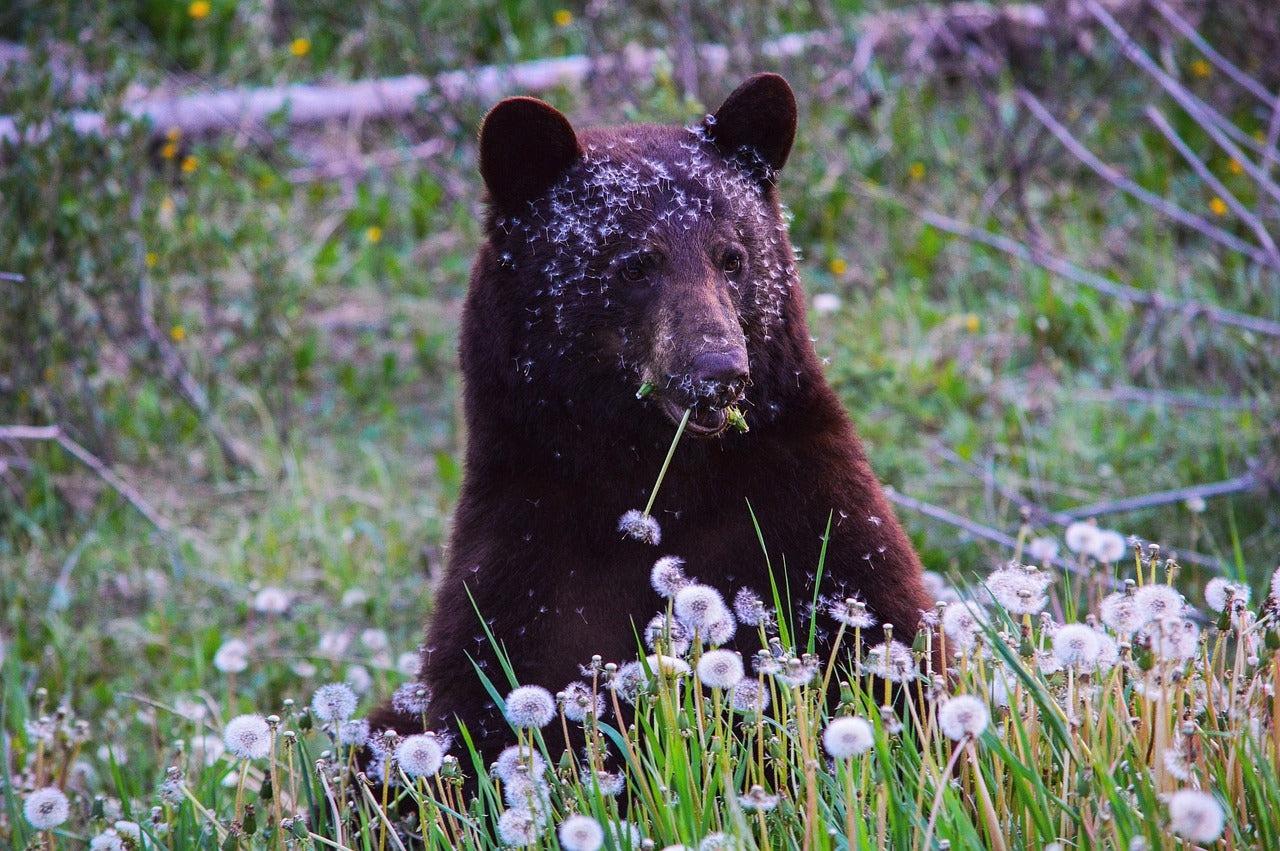Wildlife Crossings in Canada Reduce Collisions with Animals by 80-96 Percent!
Rebecca West
Wildlife crossings have been a huge success across the globe. They keep not only wild animals safe, but humans from incurring harm as well. In Canada, it's resulted in an 80 to 96 percent decrease in wildlife fatalities!
Hitting a large animal like a deer, elk, or moose can not only destroy your vehicle but end up seriously injuring the passengers, or, worse yet, killing them. That's because taller members of the forest stand at such a level that if they're struck by a speeding vehicle, it can catapult them right through your windshield after their legs and feet are knocked out from under them.
According to National Geographic, the concept of wildlife crossings was first developed in France in the 1950s. It took off in the Netherlands, where more than 600 crossings have been constructed to protect badgers, elk, and other mammals.
The Banff Wildlife Crossings Project located in Canada's segment of the Rocky Mountains has dramatically reduced the number of wildlife hit by vehicles on the Trans-Canada Highway, per an APEGA report.
APEGA stands for the Association of Professional Engineers and Geoscientists of Alberta, and the idea behind the construction of wildlife crossings was twofold: first, to decrease vehicle collisions, and second, to restore critical migration routes that had been blocked by the highway.
Banff's first two wildlife overpasses were constructed in 1996 reportedly at a cost of $1.5 million each. These were followed by a series of underpasses tunneling beneath the highway to provide another safe alternative for crossing major thoroughfares.
APEGA notes that combined with fencing to keep critters of all sizes off the road, the structures have ultimately reduced animal-vehicle strikes in the area by more than 80 percent — and by more than 96 percent for elk and deer alone. These are incredible figures and a testament to our ability to problem-solve.
The section of the Trans-Canada Highway that runs through Banff National Park was built in the 1950s. At the time of its construction, the highway wasn't expected to attract nearly as much traffic as it currently does. As a result, collisions with animals, including deer and elk, were taking a toll on animal populations in the area.
The other issue was that the highway effectively divided the animals on either side of the pavement into two separate groups, which was a problem. A wider variety of mates to choose from assists animal populations in maintaining their numbers and passing on healthy genes.
In 1996, Parks Canada began construction of bridges to cross over the roads, basically connecting the two halves of Banff National Park, APEGA explains.
For their part, the bridges resemble ordinary highway overpasses. But, instead of pavement spanning the length of them, they contain grass, plants, and trees, which creates seemingly continuous stretches of forest from one side of the highway to the other. Parks Canada also added tunnels beneath the highway with fencing along the edge of the road to safely guide wildlife to and across the bridges.
The crossings proved their worth almost instantly with some animal species — including elk — taking advantage of the crossings before construction was even completed!
According to APEGA, monitoring of the area has shown that more than a dozen large species use the crossings. They include bears, deer, lynx, cougars, coyotes, wolves, wolverines, moose, and elk. Overall, collisions with wildlife in the area have decreased by an impressive 80 percent, and deer and elk collisions are down by 96 percent.
To date, the Banff Wildlife Crossings Project has been viewed as so successful over the last three decades that the same model has been rolled out in Costa Rica, Argentina, and parts of Asia, the APEGA notes. Check out the videos below.
https://youtu.be/9JX6cqME6Hw
https://youtu.be/9o38p4L-WOk






